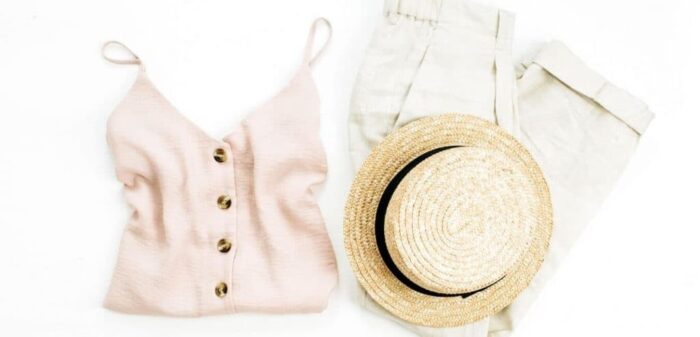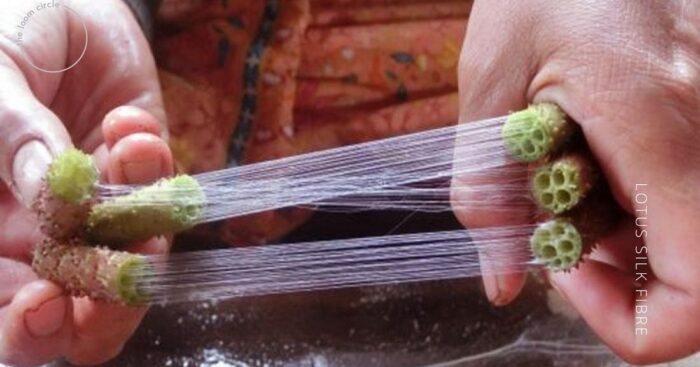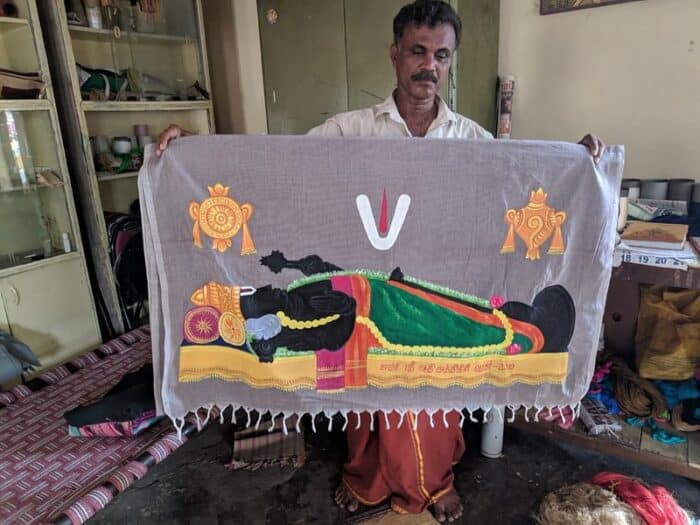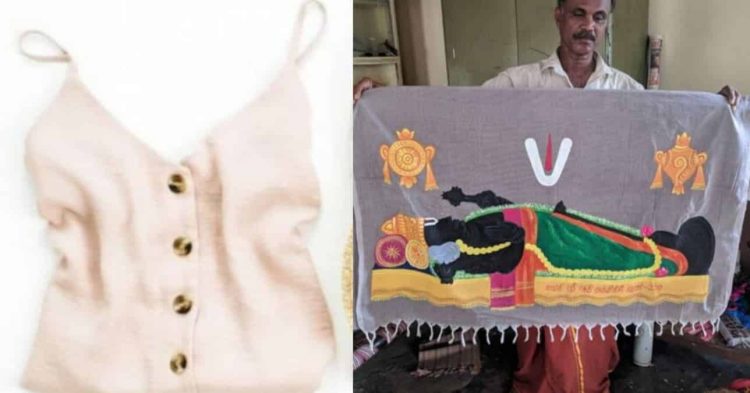While shopping for any outfit, what catches your eye? The overall appearance, the cuts, the colors, embellishments etc.… but the foundation of any garment lies is its material. And a lot of factors determine the choice of a fabric. More so, now with the introduction of sustainable fashion, there are lots of options available in the market. But what makes natural fibers, a better choice?
This slow change in fashion is fueled by the idea of minimizing wastage, and pollution caused by the fashion production market. Every material has some or the other disadvantage. For example, the comfortable cotton is the most water-dependent cloth, with about 10,000 liters used for every one kilogram of cotton produced. So, its time we make the switch to natural fibers, which are less polluting and naturally occurring plus abundantly available.

Natural fibers for fashion can be extracted from a variety of plants- eucalyptus, jute, bamboo, hemp, sugarcane, banana, pineapple, lotus etc. The biomass available after utilizing their edible parts are generally burnt, causing pollution or are used in landfills. This waste is the best biopolymer source that can be converted into textile fibers.

India produces almost 300 lakh tonnes of banana and 16 lakh tonnes of pineapple every year. Just imagine the amount of waste accumulated from these two sources alone. Lets see a few examples of trendsetters in this field.
Tamil Nadu based C. Sekar, a third-generation weaver has been utilizing natural fibers from banana, pineapple, bamboo and aloe vera in his sustainable textile brand Ananafit. This record-holder for weaving a saree pallu out of 25 natural fibers, feels that banana stems are the best source of natural fibers, and he is now experimenting with the lotus plant to produce silk yarn.

According to Mumbai based Neha Rao who heads BOHECO, a garment made from hemp keeps getting softer and more comfortable on washing it. However, since its illegal to cultivate hemp in India, yarn is imported from other south Asian countries. This increases garment price but is still a very sustainable option.
Kolkata-based Arundhati Kumar creates accessories like bags and belts from vegan leather sourced from Europe, under her brand name “Beej”. Priyal Turakhia, winner of fashion Forward Fellowship, used organic ethical cotton with one-time use plastic as embellishments. She skipped using dyes, another major source of pollution. Through her brand Nirantar, she used cosmetic and water bottles to enhance her products and garments.

With young designers taking the baton of sustainable fashion ahead, there are many ideas to be implemented and a lot of scope to be effectively explored. Weavers are eager to play their part in making the world a better place. However, it is the onus of the government and textile giants to help make this industry a flourishing one.
Countries like China, Australia, Brazil and many European countries have started mass production of natural fiber textiles. Major fashion houses like H&M, Prada, Salvatore Ferragamo, Hugo Boss, Gucci are also using these textiles for their products.
















